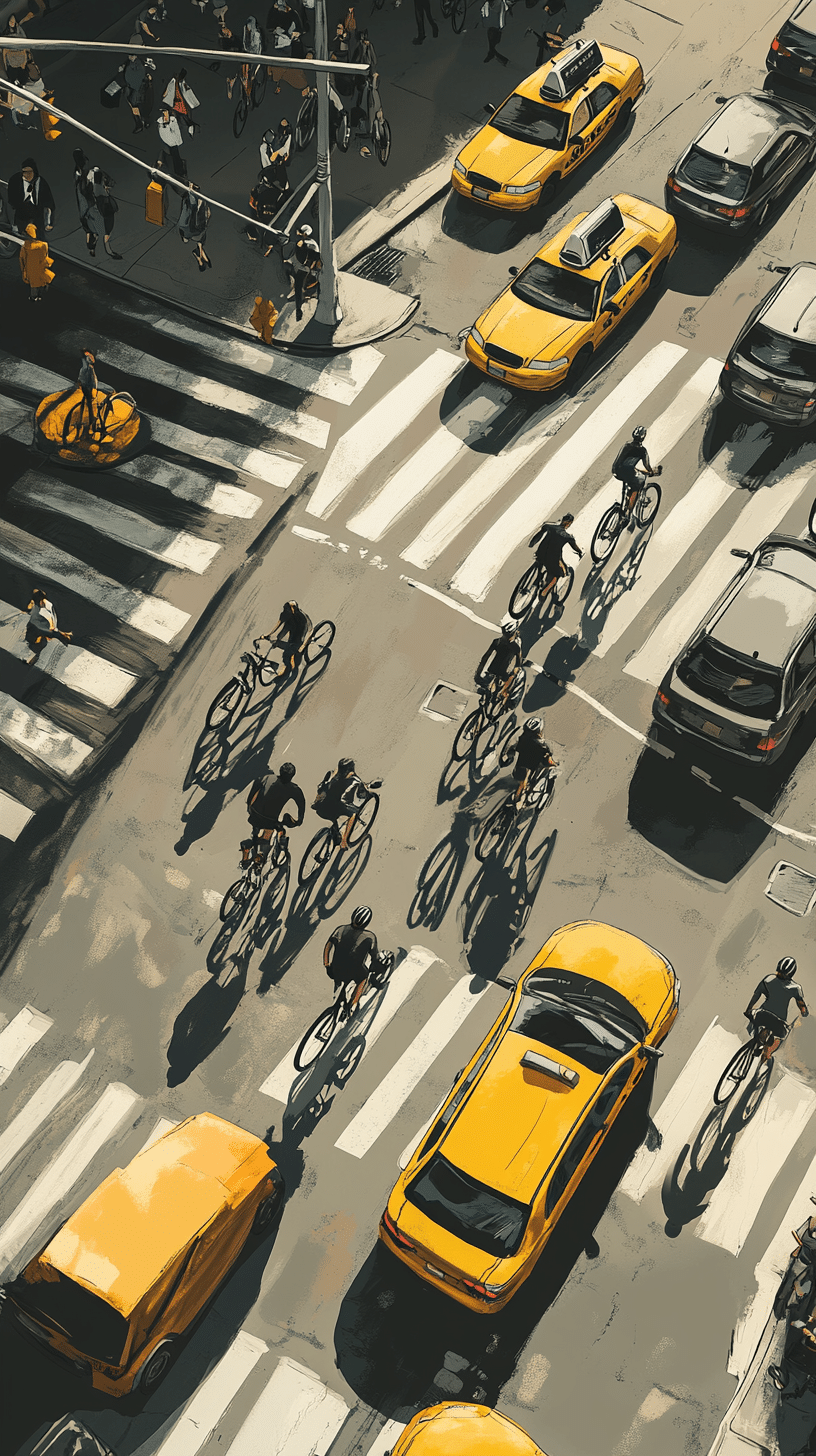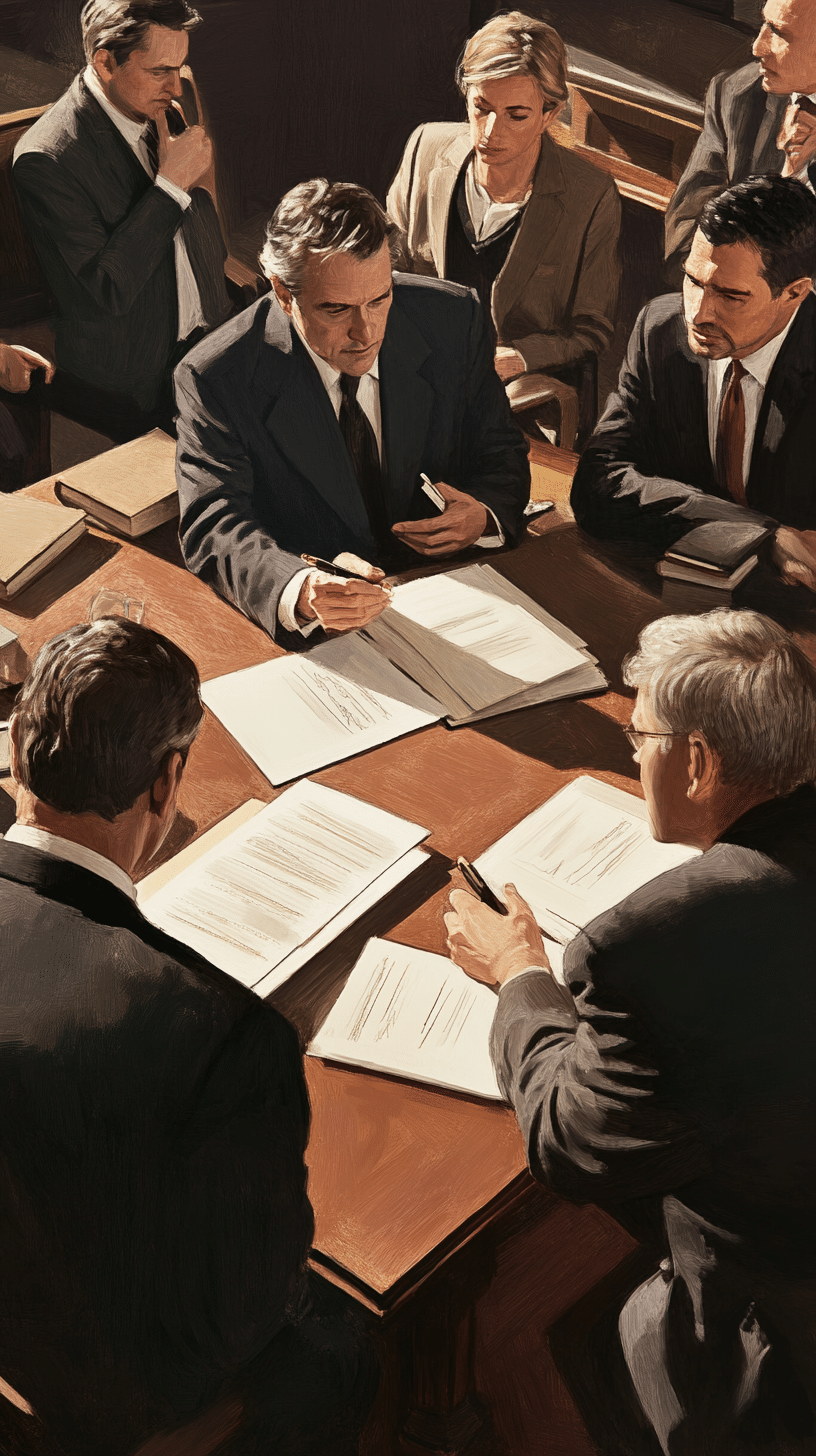Rojas v Romanoff, 2020 NY Slip Op 04237 (1st Dept. 2020)

Collateral estoppel in the First Department to non-suit
(1) “In the declaratory judgment action, Nationwide claimed, among other things, that the injuries sustained by plaintiff did not come from the use or operation of a Nationwide insured vehicle and that plaintiff’s injuries were caused while he was operating a motorcycle, which is not covered by no-fault law [FN2]. Those issues were never litigated, because the declaratory judgment was granted on default.”
(2) “We hold that neither claim preclusion nor issue preclusion applies to bar this personal injury action. First, the default nature of the judgment rendered in the prior declaratory judgment action prevents application of issue preclusion. Second, claim preclusion also does not apply because both actions did not involve the same parties or their parties in privity. As fully explained below, “same parties” means the same adversarial parties, and plaintiff and defendants were not adversaries in the prior litigation. As to claim preclusion, the only adversaries in the prior action were plaintiff (as a defendant) and defendants’ (driver’s/owner’s) insurer, Nationwide (as the plaintiff) with whom defendants (driver/owner) were not in privity in the no-fault benefits dispute.”
(3) “Additionally, under the particular circumstances here, giving preclusive effect to a prior default determination on no-fault benefits, in a subsequent personal injury action would contravene the concept of fairness underlying the doctrine of res judicata. The primary purposes of res judicata are grounded in public policy and are to ensure finality, prevent vexatious litigation and promote judicial economy (see Matter of Hodes v Axelrod, 70 NY2d 364, 372 [1987]; Reilly v Reid, 45 NY2d at 28). However, unfairness may result if the doctrine is applied too harshly; thus “[i]n properly seeking to deny a litigant two days in court’, courts must be careful not to deprive [the litigant] of one” (Reilly v Reilly, 45 NY2d 24, 28 [1978]). Important here is that the preclusive effect of the declaratory judgment in favor of Nationwide should be evaluated in the context that the causation issue —- whether an automobile accident caused plaintiff’s injuries — was never decided because the prior action was determined on default, to which issue preclusion does not apply. Applying “issue” preclusion in this manner encourages litigants not to over-litigate seemingly minor issues — if a party defaults on what appears to be a minor issue that turns out to be important in a later suit, she has the opportunity to litigate that issue in the later suit. Yet, by applying claim preclusion to this case, we would in effect be saying that plaintiff is precluded from raising an issue that should have been litigated in the prior no-fault benefits action decided on default.”
(4) “Finally, we recognize that the Second Department has ruled otherwise (see Albanez v [*7]Charles (134 AD3d 657 [2d Dept 2015]). We are not bound by the decision of the Second Department (see Mountain View Coach Lines v Storms, 102 AD2d 663, 665 [2d Dept 1984]). Of course, because stare decisis serves the important interests of stability in the law and predictability of decisions, we ordinarily follow the decisions of other departments unless we have good reason to disagree (see McKinney’s Cons Laws of NY, Book 1, Statutes § 72[b]; see e.g. Church of St. Paul and St. Andrew v Barwick, 67 NY2d 510, 519 [1986]). In this case, departure from Albanez v Charles is indeed justified, because that court failed to apply “the same parties” requirement of claim preclusion articulated in Welsbach Electric Corp. (9 NY3d at 127) and Parker v Blauvelt Volunteer Fire Co., (93 NY2d at 347)”
…Affirmed…
For more legal expertise check out or article on CLPR 2004.












